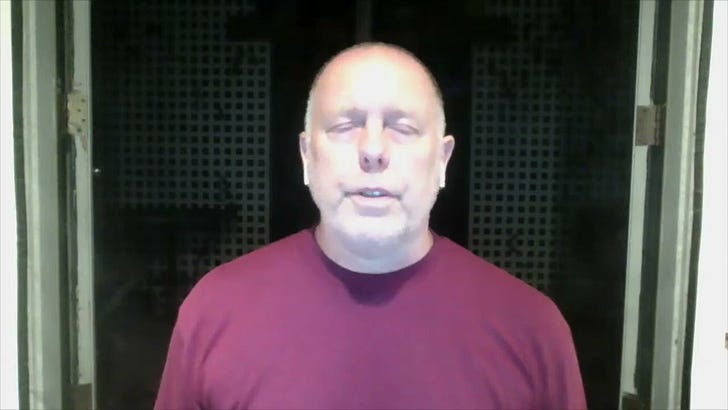Buddhist Mindfulness Meditation Instruction
Sneak Peak: The Path Of Meditation that Leads to Living ALOHA - Level 1, Class 1: Part 2
Mindfulness has been found to be a valuable tool for promoting the wellbeing and overall health of anyone who finds themselves to be subjected to stress or under mental duress. And who doesn’t in today’s world? Mindfulness simply involves being fully present and aware without judgment.
For us to be successful at any kind of new endeavor - including learning to reconnect with our True Nature - we have to be present and in a conscious state when we learn. Our mind has to be synchronized with our body. So the first thing we learn is mindfulness. And the ancient form of Buddhist meditation is arguably the most powerful expression of mindfulness and has been for over 2,500 years.
Meditation is simply the practice of bringing ourselves fully into the present moment and continuing to bring ourselves back to it whenever we notice we've drifted away.
In meditation, there are two things at play: one is mindfulness. Mindfulness is what keeps us in the present moment by being object-focussed. The other thing is awareness. Awareness notices when we leave the present moment then it works with mindfulness to bring us back. If we're to stay focused in the present moment and conscious of our fresh experience there, we need to be both mindful and aware.
The act of bringing your mind into the present is an act of self-discipline. It’s also an act of self care. The tendency of mind to move this way and that, from the present to the past, from the past to the future and back again, is brought to a halt in the present moment.
Thanks to our devices nowadays, our minds have trouble remaining still for any period of time. We’re kind of like small children who have eaten too much sugar: our mind gets restless and wants us to fidget. And any teacher will tell you that no learning can take place while kids are squirming in their seats. It's the same with our modern adult mind - we need to remind ourselves to be present and pay attention.
Below, please find a video I made of instructions in Mindfulness-Awareness meditation (shamatha-vipashyana). The instructions I offer have been handed down from teacher to student in an unbroken fashion from Siddhartha Gautama, the historic Buddha, who shared it with his students over 2,500 years ago - just as I share it with you in the video.
So, find a chair or cushion to sit on and follow along.
Again, it’s recommended that you work your way up to meditating daily for 20 minutes in a session.
"Leave your front door and your back door open. Allow your thoughts to come and go. Just don't serve them tea."
~ Suzuki Roshi
Click the link, if you’re interested in learning more about the course called The Path Of Meditation that Leads to Living ALOHA.



